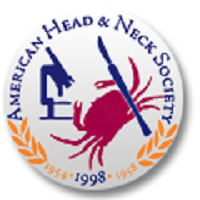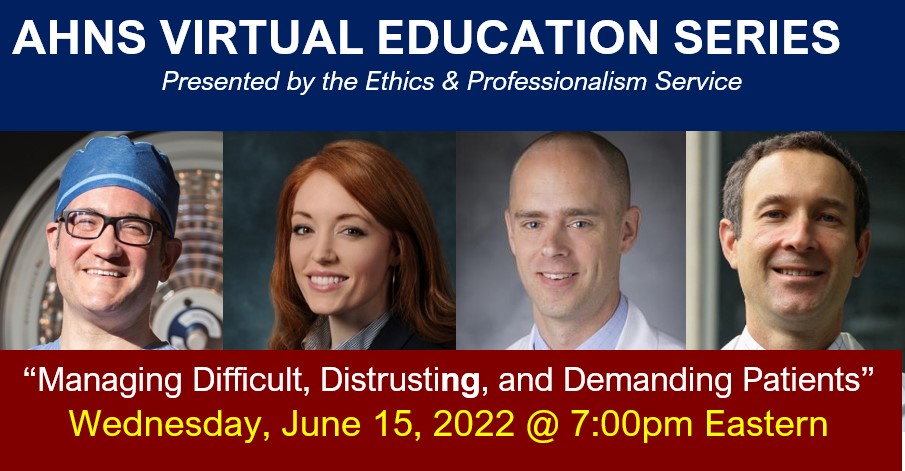AHNS Educational Series: Presented by the AHNS Cancer Prevention and Survivorship/Supportive Care/Rehabilitation Services
HPV-Related Oropharyngeal Cancer: The Importance of Early Detection & Prevention AHNS Educational Series: Presented by the AHNS Cancer Prevention and Survivorship/Supportive Care/Rehabilitation Services In Partnership with the Head and Neck Cancer Alliance Wednesday July, 20, 2022 at 7:00 PM EST This session is an hour and complimentary for all! The AHNS gratefully acknowledges the generous …



